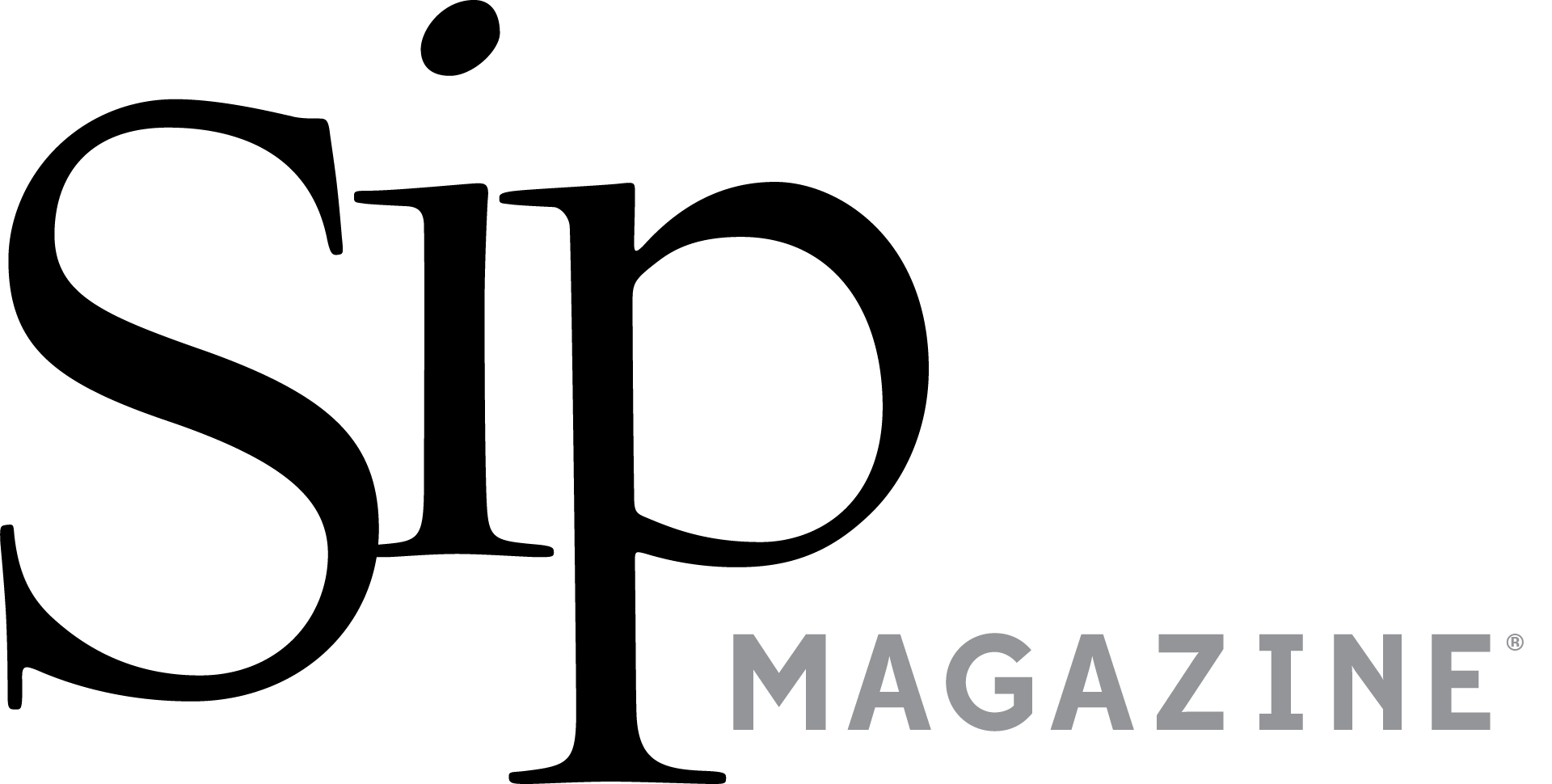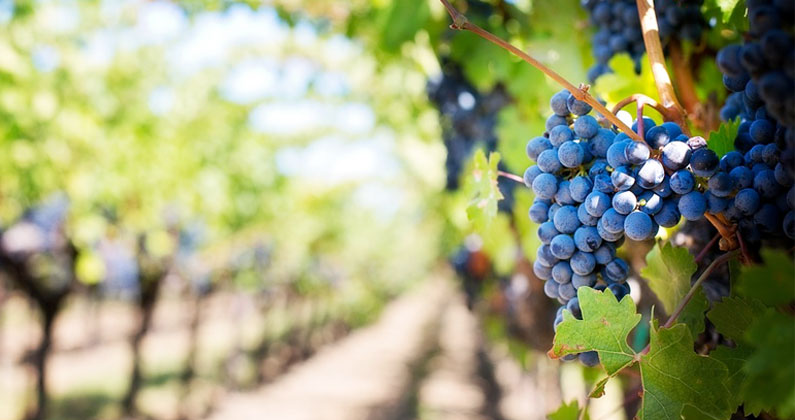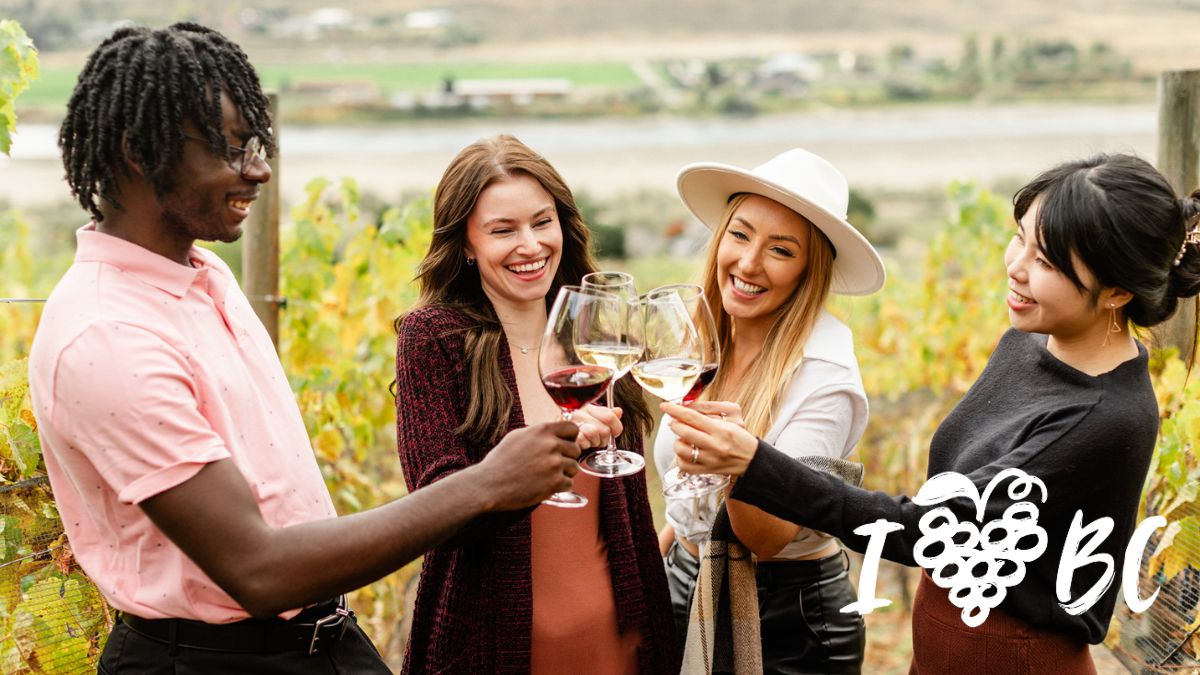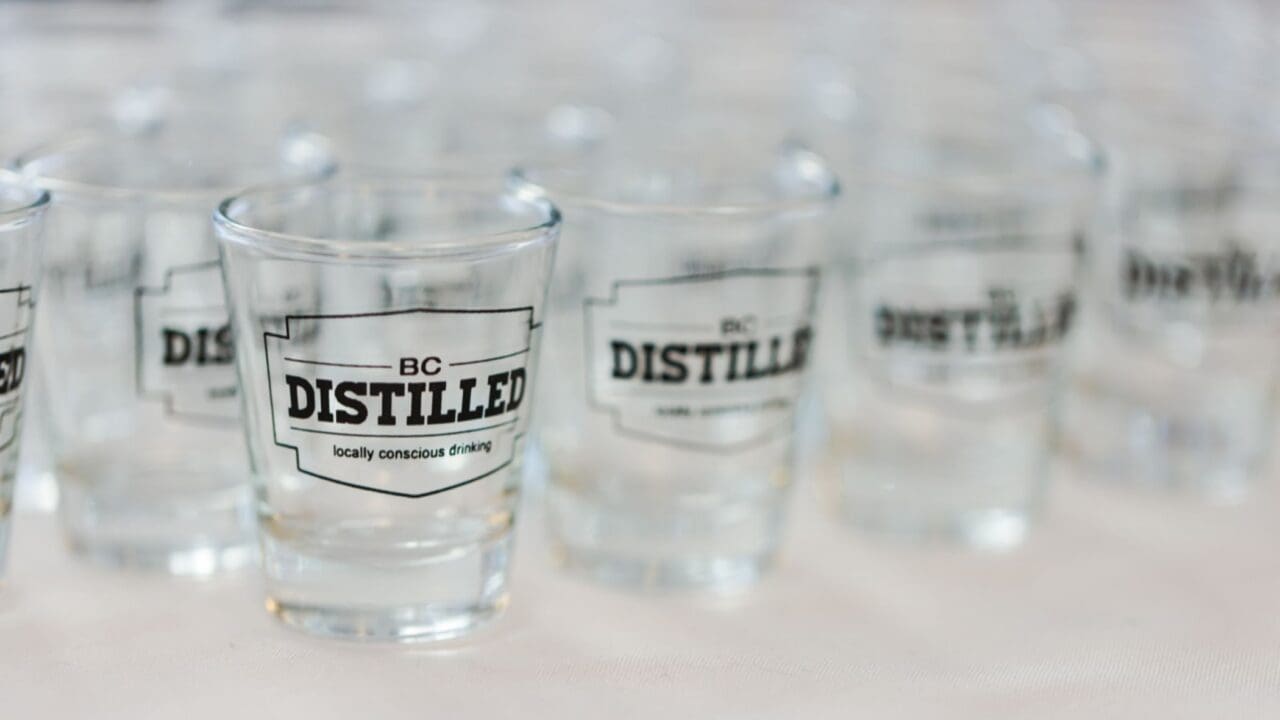In the two-plus years I’ve been writing this column, I’ve had the chance to see much of the Pacific Northwest wine scene, and taste even more of it. From the Rogue Valley in the far south to Kelowna in the north, from the San Juan Islands in the west to the Snake River Valley in the east, it’s a remarkably diverse and dynamic wine region that routinely produces world-class wine. Since this is my final column, I wanted to offer just a few parting thoughts on the present and future of the region.
A staggering diversity. One of the undoubted strengths of the region is the incredible array of varietals planted, and the sheer breadth of wine styles being made. From the arid desert east of the Cascade mountains to the more temperate Willamette Valley, virtually any kind of grape can be grown in the Pacific Northwest to great effect. Even more so, the spirit of experimentation and ingenuity that suffuses the region means that we get not just local takes on Old World classics, but truly new wine styles, like the many blends of Cabernet Sauvignon and Syrah. Here, you can find Riesling, Chardonnay, Syrah, and Cabernet Sauvignon all growing in the same vineyard, and to great effect; something that’s all-but-impossible anywhere else in the world.
The value of vine age. The challenge for much of the Pacific Northwest has simply been time. Viticulture is a recent addition to the agricultural landscape, and while a few pioneers got started 50 or more years ago, much of the plantings and development have happened in the last 20. That means that in many cases, we’re only just now starting to reach true vine maturity in the vineyard. Older vines tend to produce more concentrated and long-lived wines, though less total fruit, which is why there will always be demand for new acreage and new vines. That said, many varietals only truly reach their apex with 20 or more years of vine age, so I’d expect that in most cases, the best is yet to come.
Wildfires and wild temperatures. The wine industry in the Pacific Northwest will obviously face many challenges going forward, but the one that worries me the most is climate change. Generally, this region seems fairly well poised to deal with those changes, thanks to relatively abundant water sources, but as this past summer clearly illustrated, wildfires seem likely to become a more frequent and more dangerous part of the growing season. Not only do they pose a risk to the vineyards themselves, and of course to the people who work in them, but wildfire smoke can fairly easily ruin wine. Insidiously, it can be very hard to detect smoke taint until the wine is actually made, which runs the risk of a tremendous waste of time and money for a winery with potentially damaged fruit. Fortunately, wine scientists in the area, and around the world, are working on ways to either mitigate the effects of smoke, or at least to detect it before fermentation.
Where to grow from here. Stylistically, I’d love to see more focus on Spanish varietals, particularly in Washington, Idaho and British Columbia. Our high desert terrain is similar in many ways to that of much of central Spain, and so varietals like Tempranillo, Graciano, Viura, Verdejo and others seem likely to do quite well here. Beyond that, it needs to be easier for wine to move across the U.S.-Canada border; the Canadian government has to allow for more honest competition with international wine, and importers here in the U.S. need to recognize the quality of wine being made north of said border.
It’s a marvelous time to be a wine lover in the Pacific Northwest. Quality has never been higher, and the sheer variety of wines you can find is staggering. If you’re not deeply excited, I’m not sure I have anything else to say to you.






